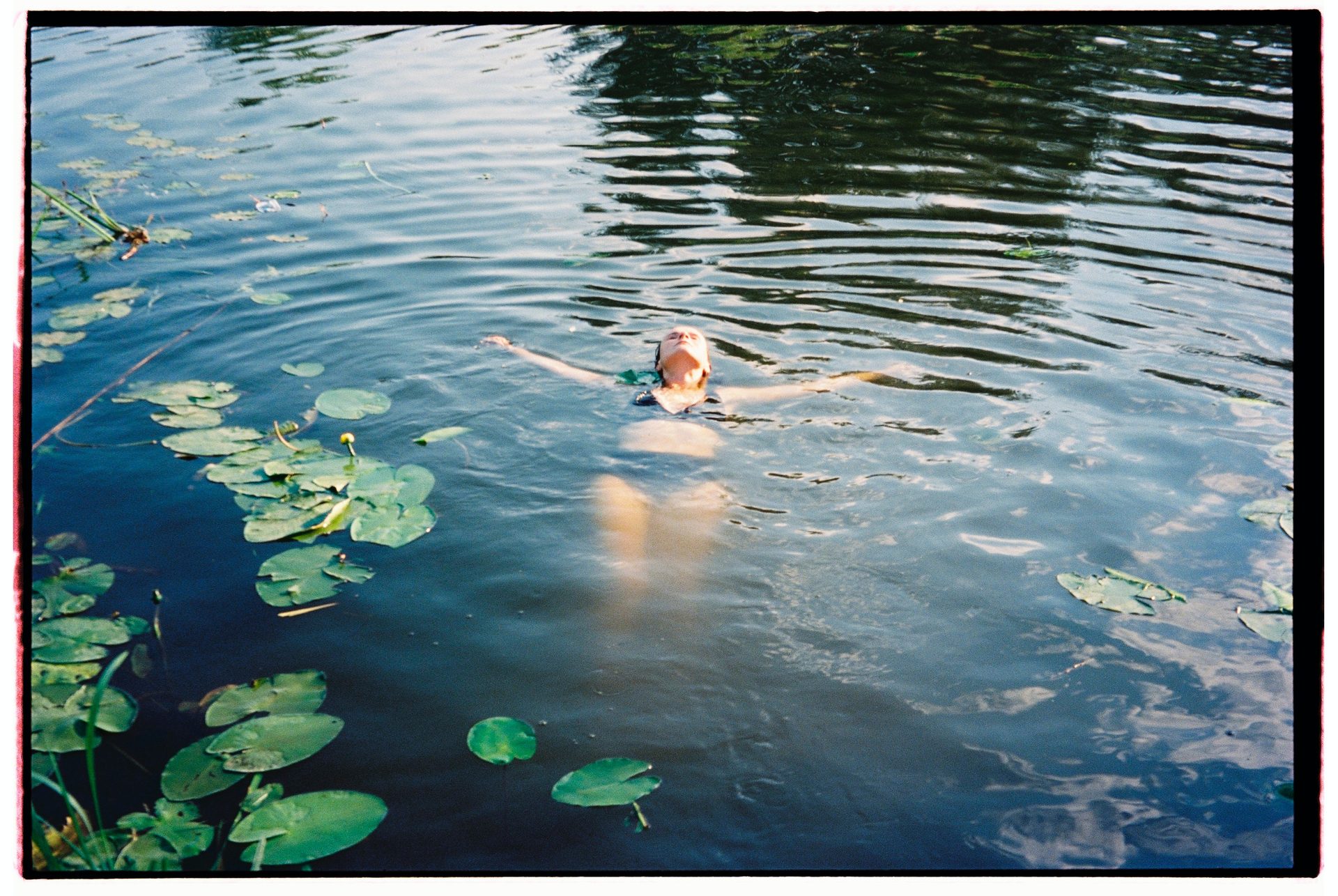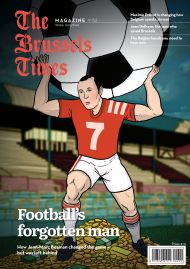When it comes to pristine bathing spots, Europe is leading the way. According to the latest annual Bathing Water report published by the European Environment Agency (EEA), the majority of bathing water sites in Europe met the European Union's highest 'excellent' water quality standards in 2022.
This report, compiled in cooperation with the Commission, provides valuable insights for swimmers looking for the cleanest bathing sites across the continent this summer.
The report reveals that coastal sites, constituting two-thirds of the total bathing spots, generally boast better water quality compared to inland river and lake sites. In 2022, an impressive 88.9% of the EU's coastal bathing sites achieved the classification of excellent quality, while 79.3% of inland sites received the same designation.
Some countries stood out for their exceptional water quality in 2022. Cyprus, Austria, Greece, and Croatia each saw 95% of their bathing waters meet the excellent quality standard. Additionally, in Malta, Bulgaria, Romania, Slovenia, and Luxembourg, all assessed bathing waters met at least the minimum standard of sufficient quality.
In Belgium, there are 128 bathing water spots, 41 of which are coastal and 87 inland. 76.6% of all bathing spots are of 'excellent' quality.
Over the last two decades, since the adoption of the Bathing Water Directive in 2006, the proportion of excellent sites has steadily grown and stabilised. In 2022, it accounted for an impressive 85.7% of all bathing waters in the EU, while the minimum water quality standards were met at 95.9% of all bathing waters.
One particularly encouraging trend is the decline in bathing waters with poor water quality. This proportion has dropped over the past decade and has remained stable since 2015, constituting a mere 1.5% of all bathing waters in the EU in 2022. This reduction indicates a gradual decrease in the health risks associated with swimming in European bathing waters.

Credit: Yaroslava Borz/Pexels
Safe to swim
The report explains that coastal waters generally enjoy better water quality than inland waters due to more frequent renewal and higher self-purification capacity. Inland bathing waters in central Europe, often found in small lakes, ponds, and rivers with low flow, are more susceptible to short-term pollution caused by heavy summer rains or droughts, especially during the summer months.
Interestingly, more than 1,800 European bathing waters, accounting for 8% of the total, are located in cities with populations over 100,000. Greece, France, Italy, and Spain are among the countries hosting these urban bathing spots, which not only contribute to the quality of life in cities but also provide ecosystem benefits.
Related News
- Seaside flat prices drop after cooling of coastal property market
- Ghent's 'beach' opens for swimming season, but with caution
The report's assessment is based on the monitoring of 21,973 bathing sites across Europe in the 2022 season. These sites, in all EU Member States, Albania, and Switzerland, undergo continuous monitoring for four consecutive bathing seasons to determine their water quality classification.
Accompanying the report, the EEA has released an interactive map showcasing the performance of each bathing site. Updated country reports are also available, providing additional information on the implementation of the directive in individual countries.
In line with the European Green Deal and the Zero Pollution Action Plan, the Commission is currently evaluating the effectiveness of the Bathing Water Directive to protect public health and improve water quality. This assessment will determine if there is a need to enhance the existing rules and propose relevant updates, including new parameters.

